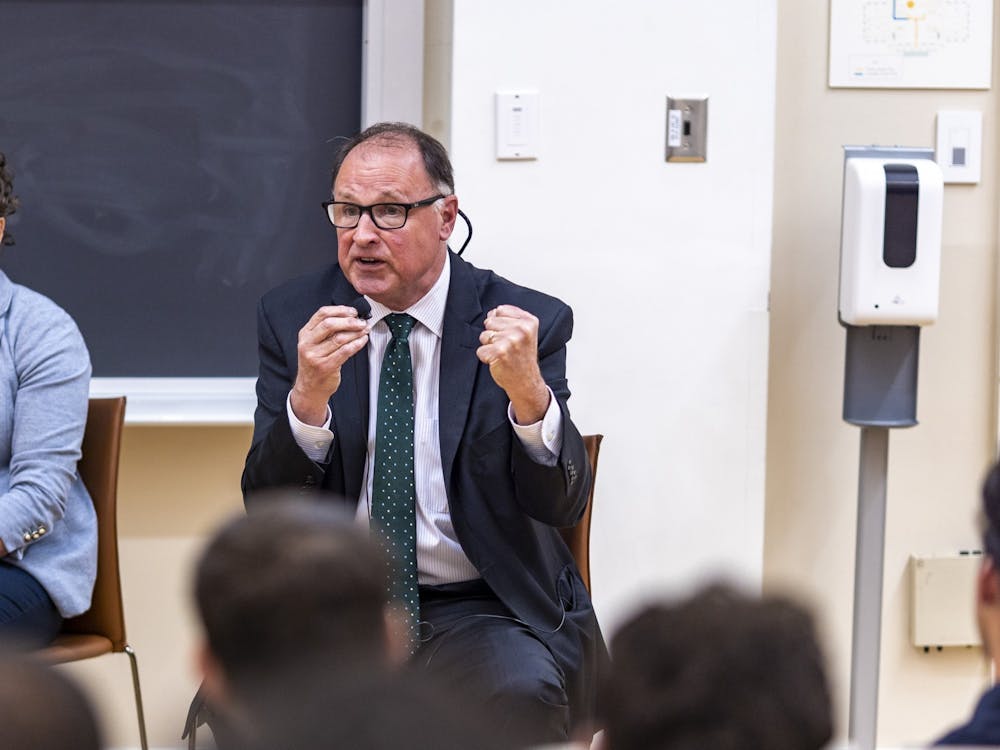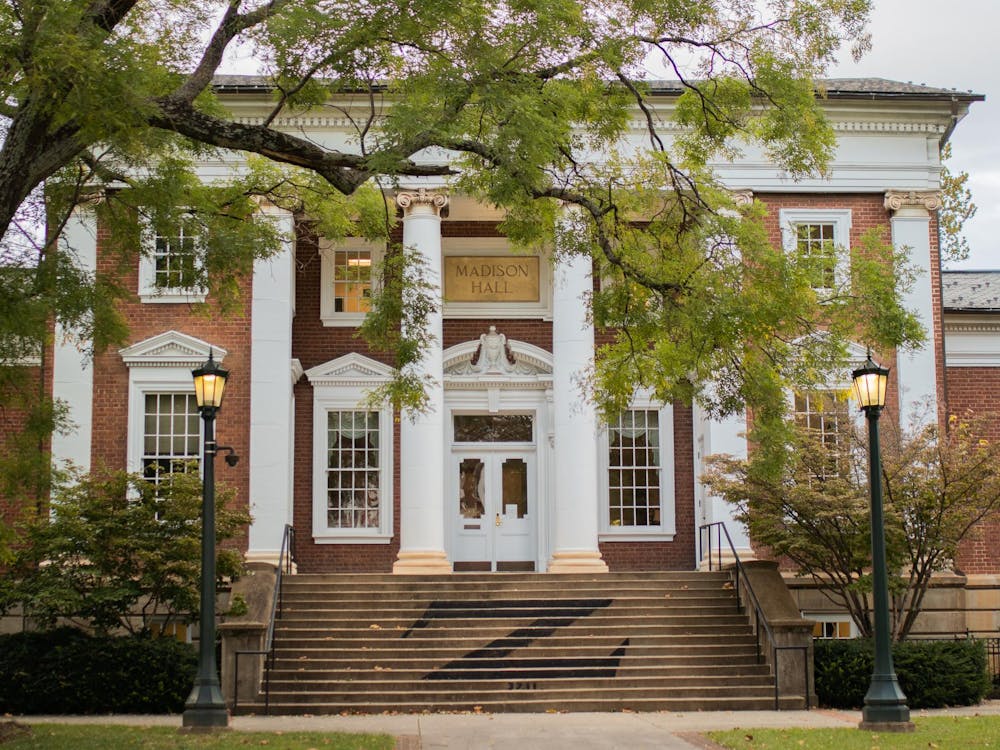The University Hospital will receive reductions in federal funding for the 2017 fiscal year due to high rates of Hospital-Acquired Conditions. The hospital ranked in the worst-performing quartile of hospitals evaluated by the Center for Medicare and Medicaid Services through the Hospital-Acquired Condition Reduction Program, or HACRP.
The HACRP “is a payment reduction program put together by the Centers for Medicare and Medicaid Services otherwise known as CMS,” Dr. Tracey Hoke, chief of quality and performance improvement at the hospital, said. “This program seeks to penalize those hospitals who have the worst infections, mortality and complications rates.”
The HACRP is also intended to incentivize hospitals to reduce Hospital-Acquired Conditions that include infections incurred from surgery, catheter-associated urinary tract infections and injuries sustained due to falling — among other undesirable situations.
Hoke said the program has access to billing data but does not see doctor’s notes or medical records.
“They see codes in a bill for diseases and procedures and from there they make an assessment of excess infection or mortality,” Hoke said.
The HACRP was established under the Affordable Care Act in 2010 and became effective in 2015.
More than 3,300 hospitals were evaluated, including the 76 hospitals in Virginia — 19 of which ranked in the worst-performing quartile. Hospitals that received a total HAC score greater than 6.5700 in the HACRP evaluation for 2017 are subjected to reductions in federal payments. The University Hospital received a Total HAC Score of 7.0600.
One quarter of Virginia hospitals had unsatisfactory levels of HACs and will receive reductions in federal funding.
Hoke also noted the program does not have access to current data to determine the 2017 rankings.
“The data that they have access to is two to four years old and therefore does not reflect current performance for any hospital,” Hoke said. “So, for example, we knew this time last year that we would be receiving a penalty this year because the data collection period had already closed.”
The University Hospital has been aware of the program and its criteria for the past three years and has undergone many efforts to improve hospital conditions.
“Our hospital-acquired urinary tract infection rate is right now 15 percent lower than what is used in this data set,” Hoke said. “Our hospital-acquired bloodstream infection rate is 33 percent lower than what is in this data set.”
In addition, the hospital’s mortality index is less than one, which indicates there are fewer deaths than would be expected given the population that the hospital serves, Hoke said.
The hospital has also instituted a program sponsored by Dr. Richard P. Shannon called “Be Safe,” which increases regulation of treatment over things such as the management of urinary and bloodstream catheters.
“But [reducing infections] doesn’t happen by accident,” Hoke said. “This is deliberate work that has gone on for three years that is just now really bearing fruit but that won’t be seen in the benchmarking services that have old data for another year or two to come.”
U.S. News and World Report ranked the University Hospital as the No. 1 hospital in Virginia in its 2016-17 Best Hospitals guide.
On a national scale, however, the HAC Reduction Program ranked the hospital among the lowest-performing in undesirable hospital-acquired conditions, such as infections.
“These ranking systems are all different and each one has a little bit different methodology,” Hoke said.






